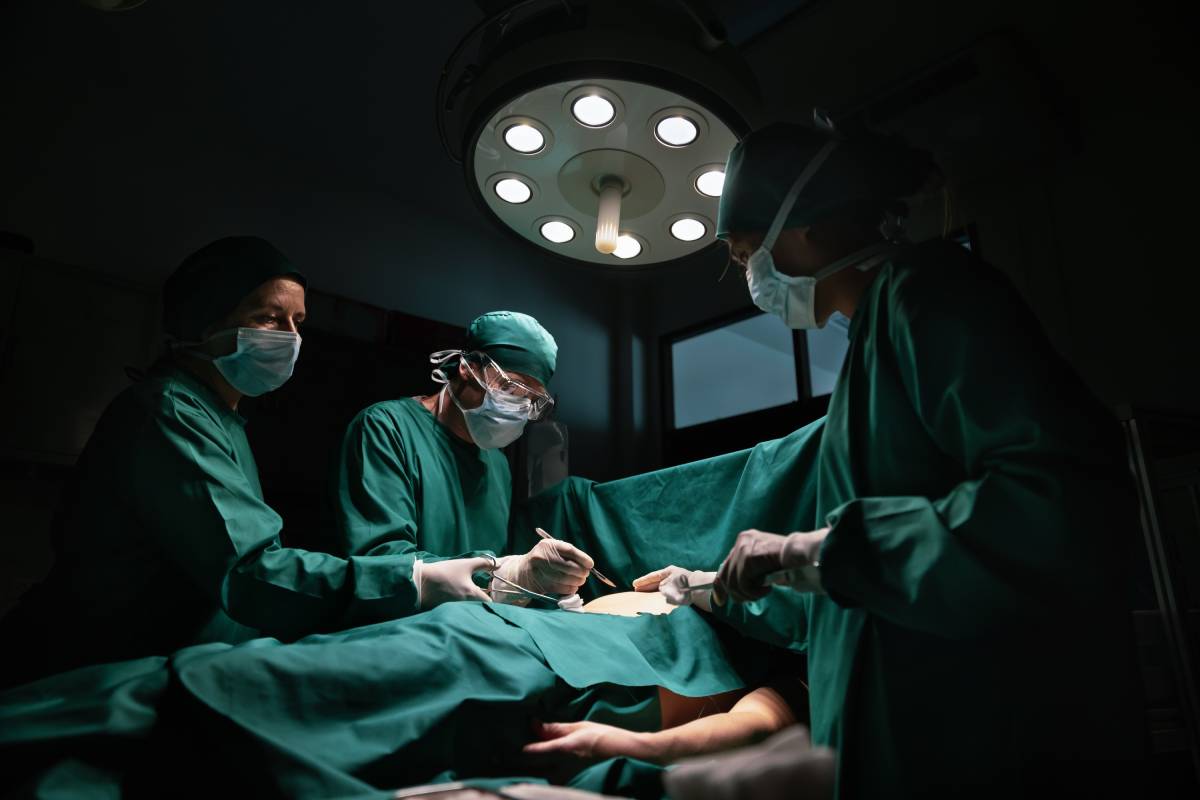Reconstructive plastic surgery is carried out in order to correct facial and body abnormalities caused by birth defects, developmental abnormalities, injury, infection, disease, tumors, or aging. The main goal of reconstructive plastic surgery is usually to improve body function [1]. However, reconstructive plastic surgery may also be carried out in order to create a more normal appearance and boost self-esteem. As a result, the field includes potentially life-changing procedures such as surgical repair of congenital deformities such as cleft lip and palate, correction of post-traumatic defects, and post-surgical reconstruction such as breast and head-and-neck defects [2].
Most of the time, two distinct types of patients undergo reconstructive plastic surgery. The first group is people with birth defects, including cleft lip, craniofacial anomalies, or hand deformities, and the second is those with injuries acquired from an accident, infection, disease, or aging [1].
In preparation for reconstructive plastic surgery, it is essential to discuss with one’s surgeon what can be expected on the day of the procedure or surgery. If someone smokes, they may be asked to quit prior to surgery since smoking can delay healing.
In addition, it is important for patients to know if they can drive themselves to and from surgery, if they will need certain medical supplies at home, and if they know someone who can help care for them at home. It is also important for patients to be familiar with whether or not they might need a special diet, and how long it will take until they can return to full function [3].
Any type of surgery carries a certain degree of risk. In addition, individuals differ in terms of their anatomy and ability to heal. Potential complications include infection, excessive bleeding, bruising, problems with the anesthesia or surgery, and difficulty in wound healing. There may be other risks depending on a patient’s specific medical condition. It is important to openly discuss any concerns with one’s healthcare provider prior to the procedure.
Plastic surgery is one of the leading surgical specialties that has embraced the innovations stemming from three-dimensional technologies. The development of realistic simulations of tissue structures such as hand, breast, or head and neck structures enables the creation of patient-specific models of the missing tissues. This can help healthcare professionals accurately assess the tissue deficit and precisely plan out the reconstructive surgical procedure.
Furthermore, tissue engineering combined with 3D printing aims to precisely regenerate tissues with properties of the natural tissue. Researchers hope to develop neoskin for burn surgery and bioprinted tissues for cases of congenital anomalies, posttrauma tissue defects, or oncological resections. There continues to be an increasingly wide variety of applications for bioprinting in plastic and reconstructive surgery [4].
References
1. Reconstructive Plastic Surgery Overview | Johns Hopkins Medicine. Available at: https://www.hopkinsmedicine.org/health/treatment-tests-and-therapies/reconstructive-plastic-surgery-overview. (Accessed: 9th December 2023)
2. Plastic and Reconstructive Surgery – Overview – Mayo Clinic. Available at: https://www.mayoclinic.org/departments-centers/plastic-reconstructive-surgery-mayo-clinic/sections/overview/ovc-20473067. (Accessed: 9th December 2023)
3. Reconstructive Plastic Surgery Overview | University Hospitals. Available at: https://www.uhhospitals.org/health-information/health-and-wellness-library/article/adult-diseases-and-conditions-v0/reconstructive-plastic-surgery-overview. (Accessed: 9th December 2023)
4. Demiri, E., Spyropoulou, G. A., Tsimponis, A. & Dionyssiou, D. Three-dimensional printing in
plastic and reconstructive surgery. in 3D Printing: Applications in Medicine and Surgery Volume 2 (2021). doi:10.1016/B978-0-323-66193-5.00010-1
